Creating exposed root pine bonsai is simple – plant a seedling in a deep container with large soil particles that can give the roots an interesting shape. Here’s what the process looks like in detail.
Start with young pines and a deep container.
Deep container
Young pines
As for soil, use what works best for young pines in your area.
Akadama and pumice
The key ingredient for creating exposed root bonsai is the larger sized aggregate around which the roots will grow. Larger particles will yield fewer, but larger roots. Smaller particles will yield a higher number of smaller roots. I’ve used lava, pumice and large pebbles/small stones ranging between 7/16″ – 3″. For the present example, I’ll use Japanese hyuga (pumice) with particles between 3/4″ – 1-1/2″.
Hyuga
Good sized particles for making exposed root bonsai
Begin by placing a small amount of bonsai soil in the bottom of the pot. This is where the roots that will support the future tree will grow.
Adding bonsai soil
I added about this much bonsai soil
Next, add the large-sized aggregate.
Adding the pumice
Large pumice particles
I save some room at the top for more bonsai soil.
The pot is filled with pumice to this level
This is where the tree is planted. I uproot the young pine, place it on the large-sized aggregate, and add bonsai soil.
Uprooted one year-old black pine seedling
Placing the seedling on the pumice
Covering the roots with bonsai soil
This is what the seedling looks like in its new pot.
Planting complete
Because the pots I use are prone to tipping over, I’ll place three of them in a larger container to keep them upright.
Tippy pot
Three future exposed root pines
There are as many variations on the above steps as there are active bonsai imaginations. For some of my seedlings, I placed an upside-down pot on top of a gallon can to create more exposed roots.
Pine seedling in a taller container
The seedling on the left will have more exposed roots than the seedling on the right
That’s it! For more information relating to exposed root pines, click here.
Exposed root pine workshop at ABS Gateway to Bonsai Convention
I’ll be leading a workshop on this exact topic at next April’s Gateway to Bonsai Convention in Collinsville, Illinois – just east of St. Louis. The American Bonsai Society event will feature a large vendor area, 20 workshops, and demonstrations by headliners Bjorn Bjorholm, Marc Noelanders and Matt Reel. In addition to the exposed root pine workshop, I’ll be vending at the event and conducting a seminar on advanced wiring techniques.
The material for the exposed root pine workshop will be very similar to the material shown here. Participants will create two exposed root pines and learn about the follow-up required to develop the seedlings into exposed root bonsai.
Learn more about the ABS Gateway to Bonsai Convention here.
Subscribe to Bonsai Tonight
New Posts Delivered Every Tuesday and Friday

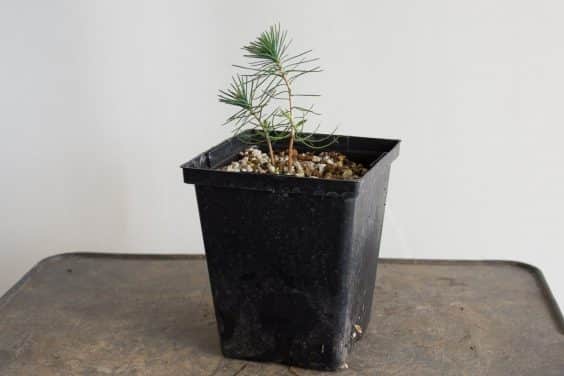
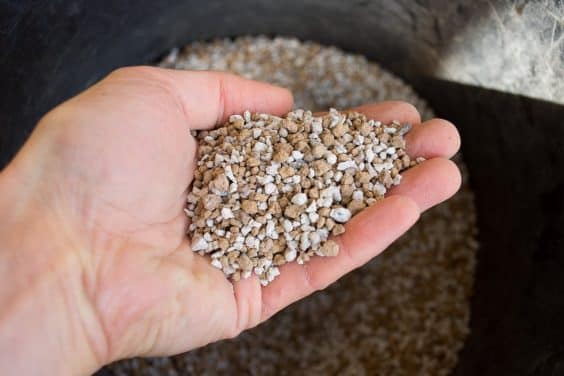
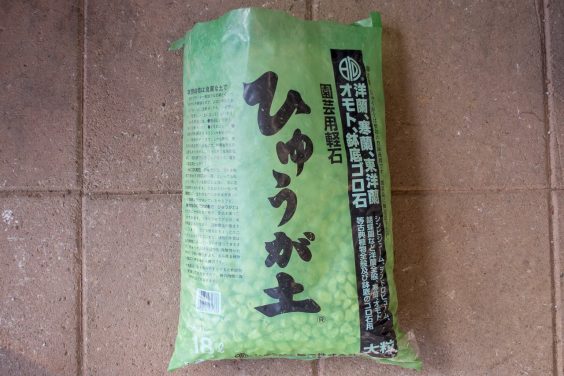
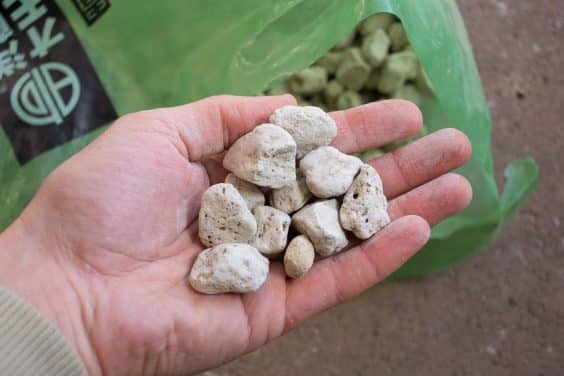
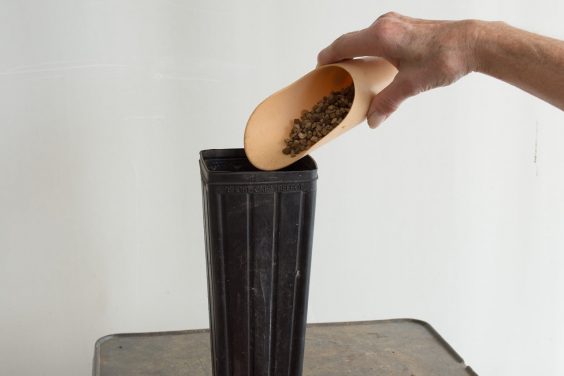
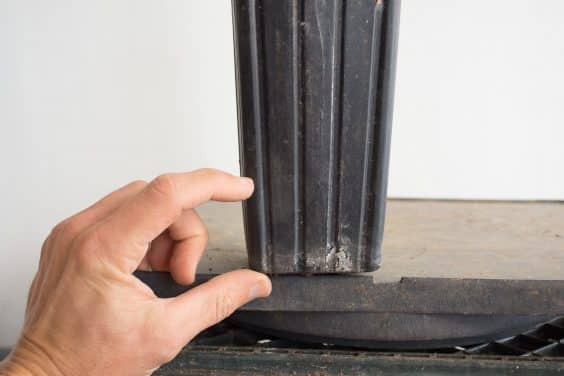
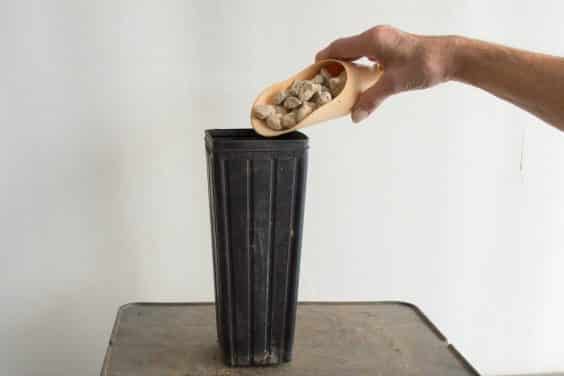
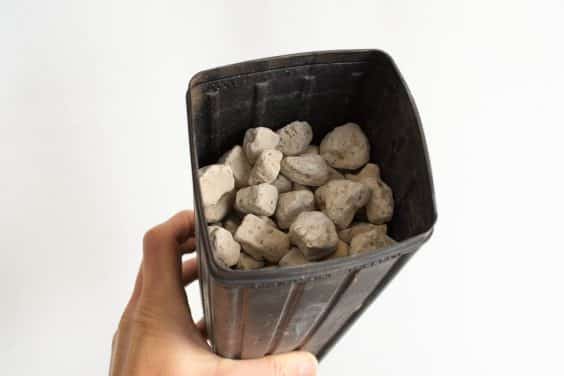
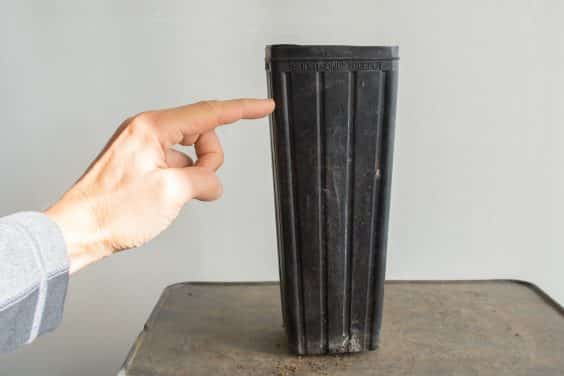
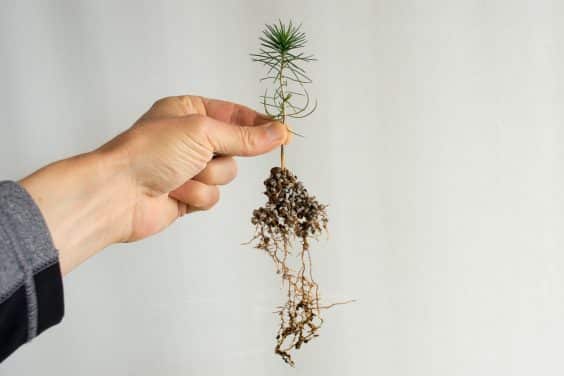
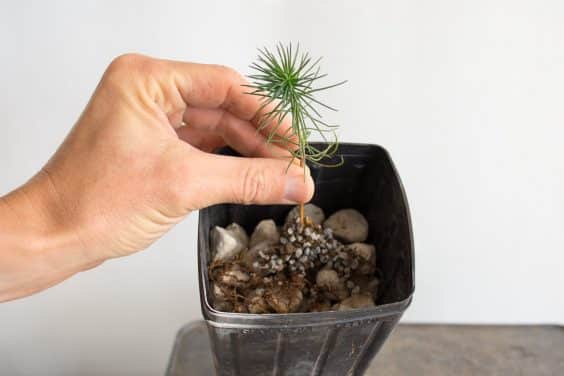
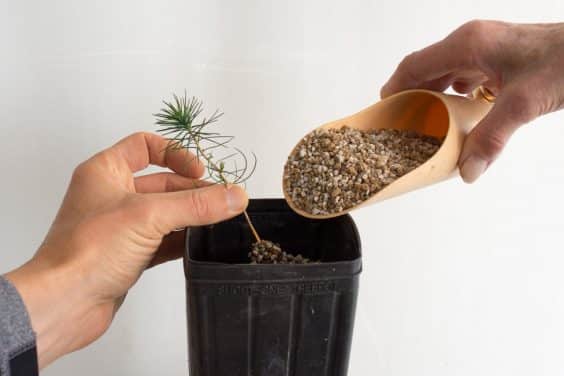
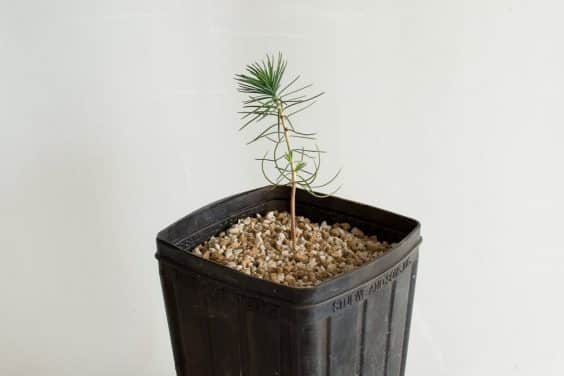
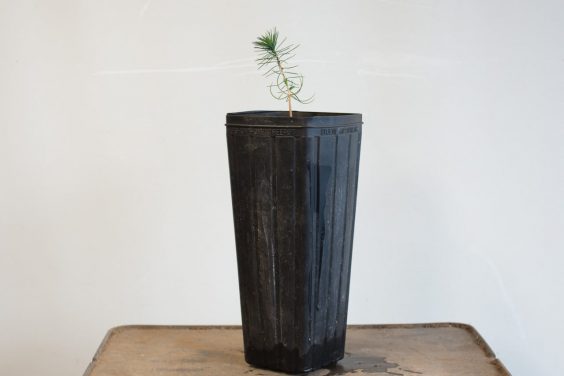
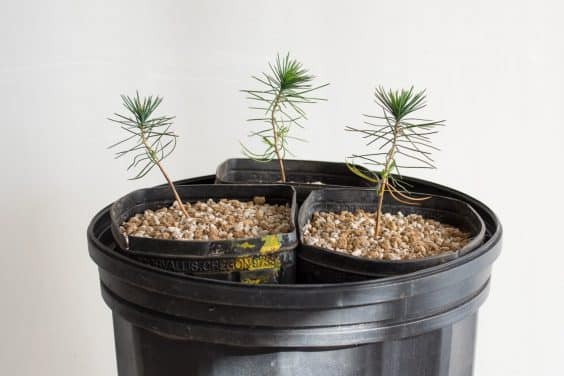
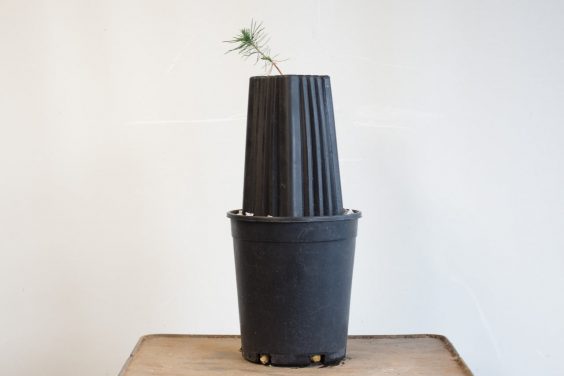
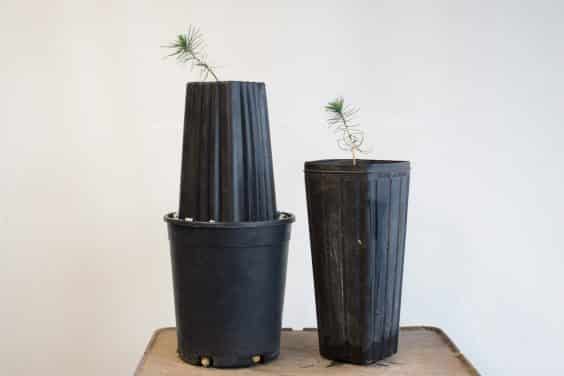
Ron Davis says
Thank you for this very interesting idea. Now, where can we buy these tall skinny plastic pots?
Jonas Dupuich says
Hi Ron – check local nurseries for the tall pots. Berry bushes and fruit trees sometimes come in them. If you can’t find tall pots, improvise with a plastic tube/pipe or a sheet of plastic.
JC says
Hi Ron
Over here in OZ I have used a standard 8″ black plastic pot with and cut the bottom out of a 6″ and place it upside down into the 8″.
Been doing it with figs and junipers to achieve the same outcome, great trick and can be used to get the long soft flexible roots required for root over rock.
Kip says
Interesting post Jonas. Thanks for sharing. I was curious as to the timing of this post right now. Is this applicable to your current climate where you live right now or are you showing us the idea for next year? Wondered your thoughts on the right time of year to attempt such an endeavor. Thx.
Jonas Dupuich says
Hi Kip – the best time to repot seedlings is at the beginning of spring. Because the weather is mild where I live, I can pot young pines year-round.